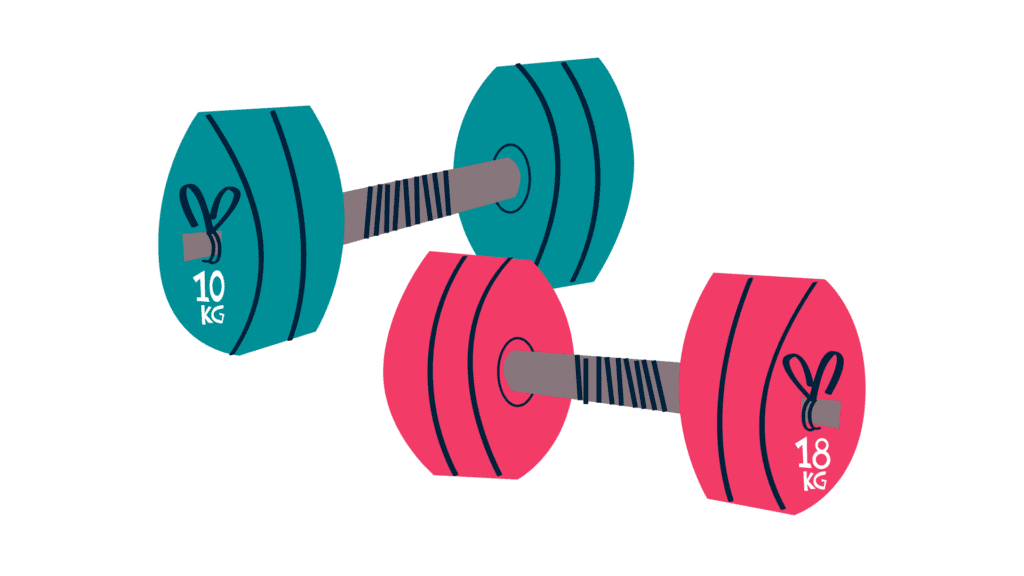After Your Workout: Habits That Boost Your Health

After a workout, it’s easy to overlook simple habits that can significantly impact recovery and overall health. Staying dry and stretching may seem minor, but they form the foundation for effective recovery. These practices improve comfort, reduce soreness, and promote long-term performance gains. But what about strategies to take your post-workout routine even further?
Importance of Staying Dry
After finishing a workout, staying dry is important for comfort, health, and recovery. Damp clothes trap moisture against your skin, causing chafing, irritation, and even yeast infections. Changing into dry, breathable garments immediately after exercise helps regulate your body temperature, prevent discomfort, and help recovery.
For those prone to yeast infections caused by damp underwear or clothing, incorporating boric acid vaginal suppositories into your health routine can be beneficial. These can help restore the vaginal pH and combat yeast infections effectively, offering a proactive solution if wet workout gear has caused recurring issues.
Not only does staying dry improve physical comfort, but it also supports muscular recovery. A body in a dry, stable state can regulate temperature more efficiently, reducing unnecessary cardiovascular strain. Feeling comfortable post-workout also boosts motivation, making it more likely you’ll look forward to your next session.
Benefits of Stretching
Once you’ve changed into dry clothes, try stretching. Stretching improves flexibility, reduces muscle soreness, and may help prevent injuries by lengthening muscles and increasing their range of motion. It’s most effective after exercise, as warm muscles are more pliable and receptive to the benefits.
Stretching also stimulates blood flow to the muscles, helping to flush out waste products like lactic acid while delivering essential nutrients. This process aids in faster recovery, smoother movements, and better coordination for your next workout. Beyond the physical benefits, stretching has mental advantages too. It provides a moment of calm, allowing you to center yourself, regulate your breathing, and transition from the intensity of exercise back to a more relaxed state.
Hydration After Exercise
Hydration is one of the most critical recovery steps. Sweating during exercise depletes fluids, so replenishing them helps your body recover faster and function optimally. Drink water consistently after your workout—don’t wait until you’re thirsty. Aim for 16–24 ounces, depending on the workout’s intensity and duration. For particularly intense sessions, an electrolyte-added drink can help restore lost minerals and keep your energy levels stable.
Listen to your body—it will signal when you need more fluids. Lightheadedness or fatigue are signs of hydrating further. Carrying a water bottle and setting reminders can help make hydration a consistent habit.
Nutrition to the Body
The nutritional support of your body after the workout is just as important as hydration. Exercise depletes the muscles’ energy stores, so replenishing these nutrients is important for recovery and results. Within 30 to 60 minutes of finishing your workout, aim to eat a balanced meal or snack.
Lean proteins like chicken, fish, or plant-based options such as lentils and chickpeas help repair muscle tissue and promote growth. Pair these with complex carbohydrates like quinoa, brown rice, or sweet potatoes to restore glycogen levels. Include healthy fats like avocado or nuts to aid overall recovery, and don’t forget fruits and vegetables, which are packed with vitamins, minerals, and antioxidants to fight inflammation and support healing.
Rest and Recovery Techniques
Rest and recovery techniques are equally important to any workout program. Your body needs time to repair and grow stronger, so prioritize sleep—aim for 7 to 9 hours each night as this is when most of your physical recovery occurs. Don’t underestimate the importance of rest days; they prevent burnout and allow muscles to recover fully.
Incorporating active recovery, such as light walking or yoga, can promote healing by increasing blood flow without overloading your body. Foam rolling or massage therapy can also help release tension, improve circulation, and reduce soreness. Hydration plays a continual role here too, keeping your muscles firing optimally and flushing out toxins.
Conclusion
Prioritizing simple habits, like staying dry and stretching after your workout, will set you up for success. These practices not only help your recovery and flexibility but also keep you feeling refreshed and motivated. Don’t forget to hydrate and nourish your body for optimal performance. Learn to love rest and recovery techniques so that you can be fully recharged. Every small step you take contributes to your overall fitness journey, making it easier to stay consistent and achieve your goals.


